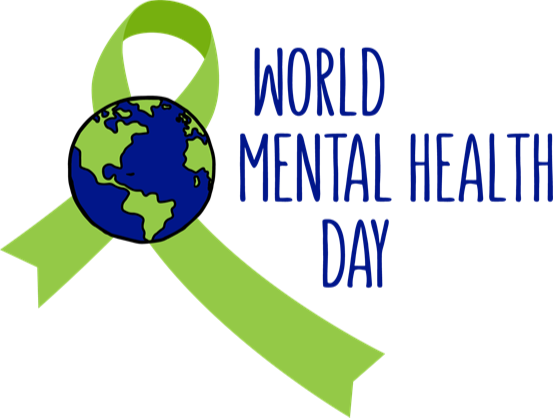American Heart Month

February is designated as American Heart Month. Heart disease is the number one killer of Americans. It contributes to 1 in every 5 deaths. President Lyndon B. Johnson was the first U.S. president to declare February as American Heart Month in 1964.
> There is no better time in the year to learn a little more about your heart and what it is capable of.
> Your heart beats about 100,000 times per day.
> Your heart pumps blood through about 60,000 miles (96,000 kilometers) of blood vessels.
> A typical heart pumps approximately 4 tablespoons of blood with each beat.
> Almost every cell in your body gets blood from your heart. The outliers can be found in the corneas of your eyes.
> A joke a day may help keep the heart doctor away, as laughing can improve heart health by lowering stress and relaxing blood vessels.
Sources: health.clevelandclinic.org/fun-facts-about-your-heart
www.heart.org/en/around-the-aha/february-is-american-heart-month
Posted in Fun Facts /General Information /Health Topics /Heart Health /





